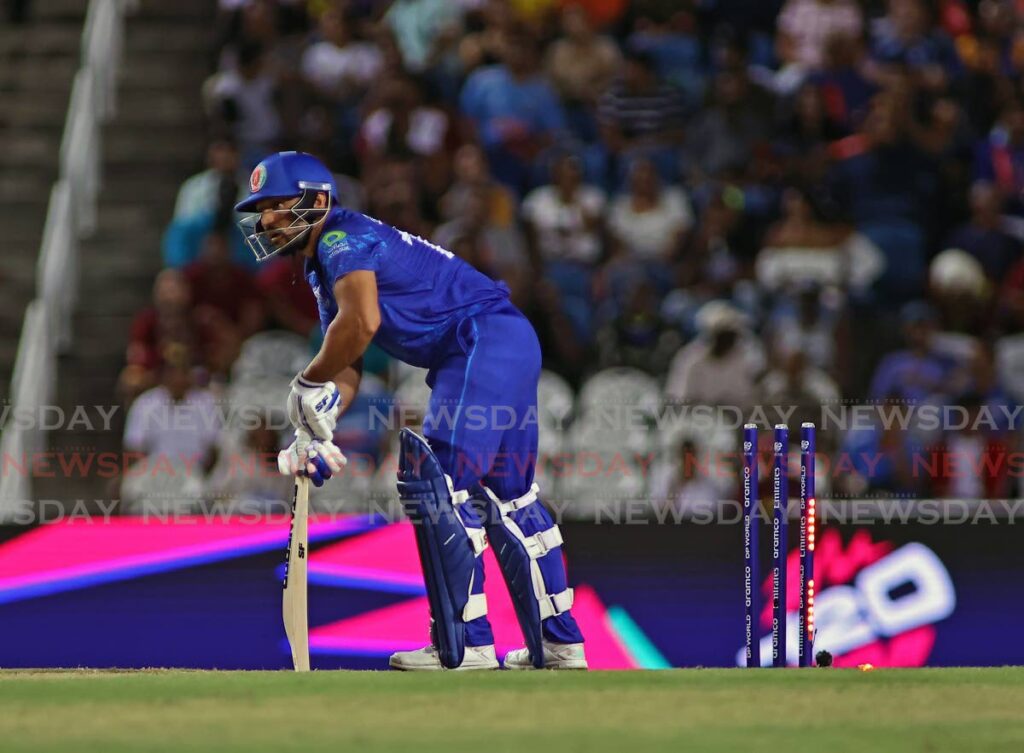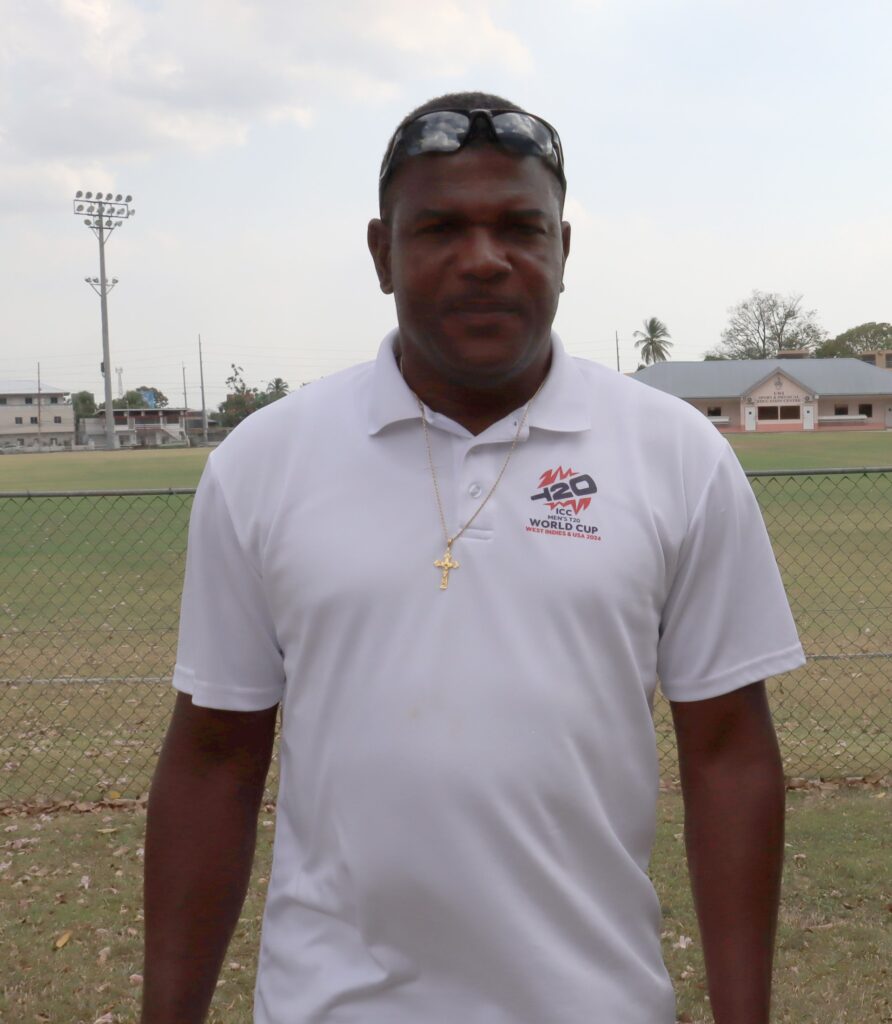CWI head curator on tournament shortcomings: World Cup pitches were mismanaged

CRICKET West Indies (CWI) head curator Kent Crafton believes the six ICC T20 World Cup venue pitches under his watch were “quite ready” but lacked proper management over the month-long tournament.
Nine venues were used for this year’s hosting; six in the Caribbean – three in the US. Of the six in Crafton’s care, three pitches – Providence Stadium in Guyana, Brian Lara Cricket Academy (BLCA) in Trinidad and Arnos Vale Ground in St Vincent – were heavily criticised internationally for being too bowler-friendly.
Additionally, the drop-in pitches in New York and Florida also came under fire for uneven bounce.
Despite promising to be a batsman’s paradise, bowlers thrived in the tournament with no centuries and 11 times teams were bowled out for less than 100 runs.
Speaking on the Antigua on the Mason & Guest show in Barbados on July 2, Crafton said weeks of extremely hot weather before the tournament affected the finished product.
“Generally, I would say, at some venues I was extremely happy, others not so much,” he said.
He said there were “a number of reasons” why things went wrong.
“First of all, we entered a very strange weather pattern and in April, even March, in some islands it was an extremely hot and dry period. I must say we all worked that period as strong as we can, in terms of getting our operations done.
“All the venues, we put in the work that was needed in terms of rehabilitating our squares (pitch) and getting them up to scratch. Generally, we were quite ready. Certain things didn’t work according to plan, but based on what I could say could have been (the problem), the management of our squares during that long period, I think it was one of our shortcomings.”
For the first semi-final in Trinidad, which featured Afghanistan versus 2024 T20 World Cup runners-up South Africa, the BLCA pitch was a nightmare of batsmen with uneven bounce and exaggerated seam movement.
Afghanistan perished for 56 in 11.5 overs and the Proteas, despite their own struggles, were triumphant in 8.5 overs. After the match, Afghanistan coach Jonathan Trott condemned the pitch.
“That’s not the pitch that you want to have a match, a semi-final of a World Cup, on – plain and simple. It should be a fair contest. I’m not saying it should be flat completely with no spin and no seam movement, but you shouldn’t have batsmen worrying about going forward and the ball flying over their head. You should be confident in your foot movement and being able to hit through the line or use your skills,” Trott said.

Mason deemed the Trinidad pitch “strange” and asked Crafton what he thought happened in the lead-up to the semi-final.
“It was strange,” Crafton said. “There were a number of cracks and the pre-preparation wasn’t done according to our plan. It was just a little too dry when the preparation started.”
He did not go into further detail on his BLCA assessment.
However, Crafton explained the process to get and maintain thin grass on a pitch.
Management of the area, he said, is top priority.
“What we encourage is to have a very good, strong root system leading up to preparation. Because during preparation, you abuse your grass and do it everything it doesn’t like. You cover, roll and starve it of water. So before we begin preparation, we get it as thin as possible.”
Crafton confirmed the grass needs to be thinned and properly groomed to ensure consistency.
“During the course of your tournament, you need to keep on putting water on that block, you need to manage your square. Excessive covering would cause you to lose your grass very quickly. Our covering would be done only when needed.
“We would manage our covers; take our covers off on a morning before the sun gets out, and only cover on an evening when the sun goes down.
“During the day, if there’s rain, we do some extra covering...This is key, keeping your grass as healthy and as strong as possible during the preparation period.”
The preferred grass used for pitches in warm climates is Bermuda grass.
Crafton was not a part of the curating team for the US venues and did not want to speak too much on their challenges. He, however, assumed the grass used on these drop-in pitches may have been a bit thicker than usual.
On the Florida pitch, he said, “The drop-in pitches were fully built and full-grassed when I saw them. They looked level and good. The only issues we have is the grass used on these pitches has to be thinned and light.
“I’m not sure how much of that was done and how thin the grass was. You don’t want a cushion of grass on your surface, you want it light and thinned out. I cannot make any pronouncement because I didn’t see the final product.”
Regarding the possibility of the Caribbean introducing drop-in pitches for international competition, Crafton believes the region’s curators are quite capable of using traditional methods to prepare proper pitches.
“It’s just some more commitment and more support, and getting equipment we would need to facilitate that process.”


Comments
"CWI head curator on tournament shortcomings: World Cup pitches were mismanaged"